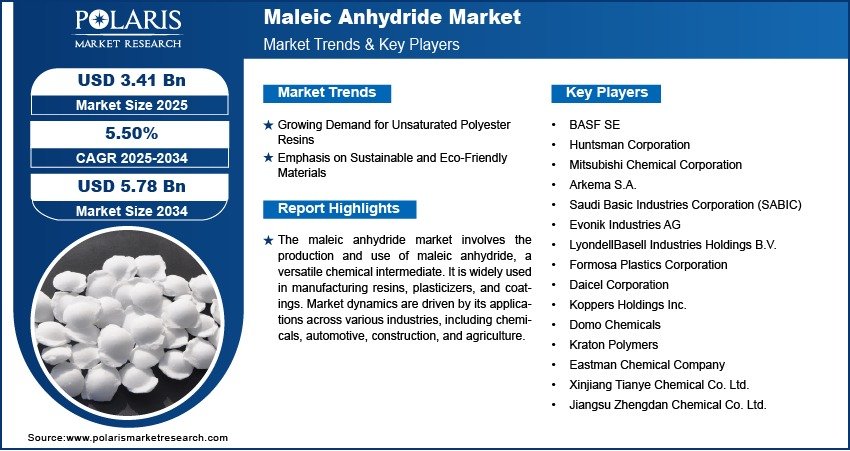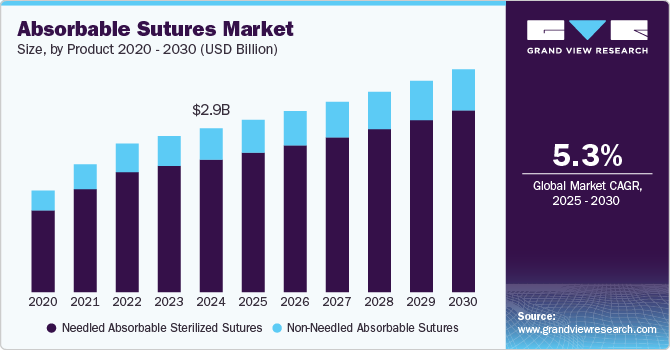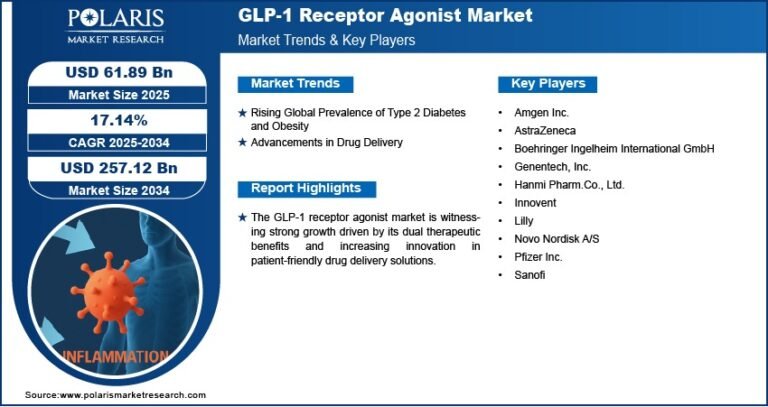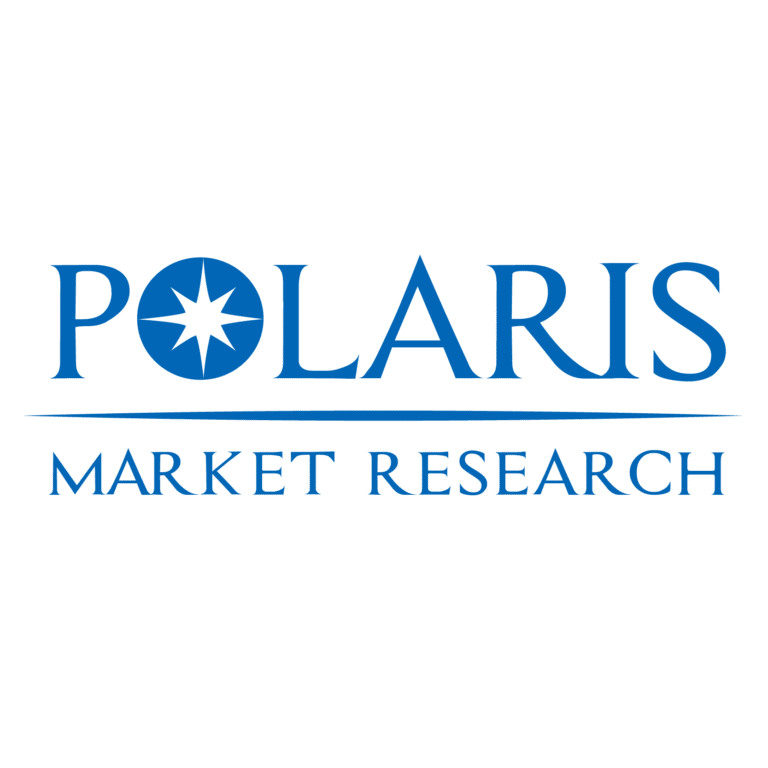Maleic Anhydride Market Size Projected to Reach USD 5.78 Billion by 2034 | CAGR of 5.5%

Maleic Anhydride Market Overview:
The global Maleic Anhydride Market was valued at USD 3.22 billion in 2024 and is projected to expand at a CAGR of 5.5% from 2025 to 2034. This steady growth is primarily fueled by its increasing utilization in unsaturated polyester resins (UPR) and lubricant additives. Maleic anhydride serves as a key intermediate in the production of UPR, which finds widespread application in automotive parts, construction materials, marine equipment, and consumer goods due to its strength, corrosion resistance, and affordability. Simultaneously, its role in the formulation of fuel and engine lubricant additives supports improved engine performance and fuel efficiency. These applications are ensuring consistent demand across a broad range of industrial sectors, strengthening the global market’s growth trajectory.
Key Market Trends:
-
Rising Demand for Lightweight Materials:
Maleic anhydride is crucial in manufacturing composites and fiberglass-reinforced plastics. With automotive and aerospace industries shifting toward lightweight materials for fuel efficiency and performance, demand is expected to remain strong. -
Increased Adoption of Unsaturated Polyester Resins (UPR):
The growing use of UPR in construction, marine, and electrical applications is significantly boosting maleic anhydride consumption. These resins offer excellent durability and chemical resistance, making them ideal for infrastructure and equipment. -
Transition Toward Bio-Based Chemicals:
Environmental concerns are pushing the industry to develop bio-based maleic anhydride through renewable sources like glucose or furan. This trend aligns with global sustainability efforts and presents new growth avenues. -
Expanding Applications in Lubricants and Additives:
The chemical is widely used to produce additives that enhance lubricants’ thermal stability and performance. With increasing vehicle production and industrialization, this application is gaining momentum. -
Advancements in Production Technologies:
The shift from benzene to n-butane oxidation for maleic anhydride production is reducing costs and emissions, improving efficiency, and aligning with regulatory requirements for cleaner industrial processes.
Market Size & Forecast:
|
Market size value in 2024 |
USD 3.22 billion |
|
Market size value in 2025 |
USD 3.41 billion |
|
Revenue Forecast in 2034 |
USD 5.78 billion |
Request for Free Sample:
https://www.polarismarketresearch.com/industry-analysis/maleic-anhydride-market/request-for-sample
Key Market Opportunities:
The maleic anhydride market is poised for significant opportunities across emerging economies, particularly in Asia-Pacific, due to rising construction activity, rapid urbanization, and growth in automotive production. Countries like China and India are experiencing high demand for construction-grade resins and composite materials, where maleic anhydride is essential.
In addition, the development of eco-friendly and sustainable production technologies presents a major opportunity. As environmental regulations tighten, companies investing in green chemistry and renewable feedstocks are expected to gain a competitive edge. The diversification of applications into agriculture, water treatment, and pharmaceutical sectors also opens up new possibilities for market penetration.
Market Scope:
The scope of the global maleic anhydride market encompasses a wide variety of applications, including unsaturated polyester resins, alkyd resins, copolymers, agricultural chemicals, and lubricant additives. Its widespread adoption across key industries such as automotive, construction, electrical & electronics, marine, and packaging highlights its industrial significance.
From a regional perspective, Asia-Pacific dominates the market due to its strong manufacturing base and infrastructure growth, followed by North America and Europe, where innovation and sustainability are driving market evolution. The increasing focus on renewable and cost-effective manufacturing processes will continue to shape the future dynamics of the maleic anhydride market.
In summary, the market is on a solid growth path through 2034, backed by versatile industrial applications, favorable trends in resin and additive usage, and opportunities in sustainable production innovations.






